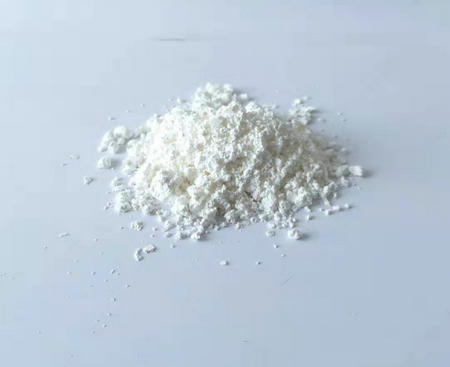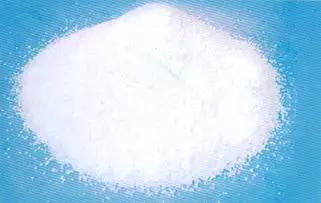The initiator molecule has a certain light absorption ability in the ultraviolet region (250-400 nm) or visible region (400-800 nm). After absorbing light energy directly or indirectly, the initiator molecule transitions from the ground state to the excited singlet state, and then jumps to the excited triplet state through the intersystem; After excited singlet or triplet states undergo monomolecular or bimolecular chemical reactions, active fragments that can initiate polymerization of monomers are produced, and these active fragments can be free radicals, cations, anions, etc. According to different initiation mechanisms, photoinitiators can be divided into free radical polymerization photoinitiators and cationic photoinitiators, among which the free radical polymerization photoinitiators are the most widely used.

The ideal photoinitiator should have the following advantages:
1.Cheap, simple to synthesize;
2.Photoinitiator and its photocracking products should be non-toxic and tasteless;
3.Good stability, easy to store for a long time;
4.The absorption spectrum of photoinitiator must match the emission band of radiation source and have high molar extinction coefficient;
5.Most of the photoinitiator molecules absorb light energy and then transition to excited singlet state, and then jump to excited triplet state through intersystem, so the intersystem jump efficiency of the initiator is higher;
6.High initiation efficiency.
The development direction of photoinitiator focuses on hybrid type, visible light type, water-based type, macromolecule type and so on, and the use of dual curing mode, received the icing on the icing effect.

4-Benzoylphenyl acrylate is a kind of photoinitiator with synonyms of 2-Propenoic acid, 4-benzoylphenyl ester;2-Propenoic acid,4-benzoylphenyl ester;4-Acryloyloxybenzophenone;4-Acryloxybenzophenone;4-Benzoylphenyl acrylate;4-Benzoylphenyl acrylate fandachem;(4-benzoylphenyl)prop-2-enoate. Its molecular weight is 252.26 and its molecular formula is C16H12O3.
Reg Office: Room 435, Building 9, No.2568 Gudai Road, Minhang District, Shanghai, China.
Pilot Lab: Building 1, No. 589 Qinling Street, Shijiazhuang High-tech Zone,Hebei, China.
Plant Unit 1: Xincheng town clean chemical park, Xinji, Hebei, China.
Plant Unit 2: Dongming County South Chemical Park, Heze City, China.
Tel: +86-21-34943721
Email:Massive@massivechem.com
Info@massivechem.com
Shanghai Massive Chemical Technology Co., Ltd. All Rights Reserved(C)2023 Supported by Record number:沪ICP备18008139号